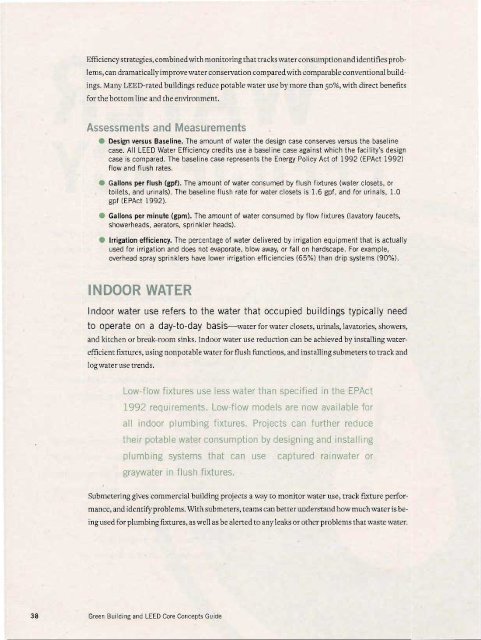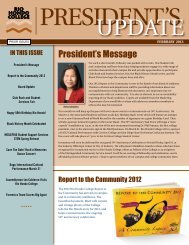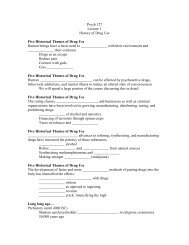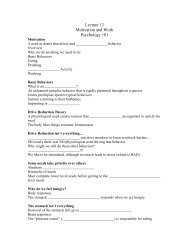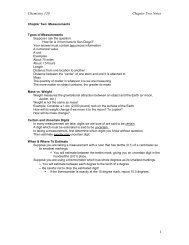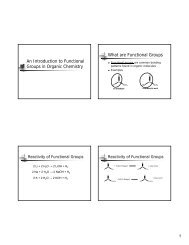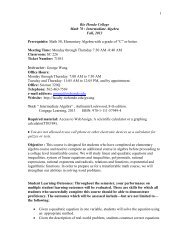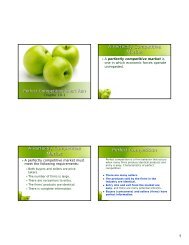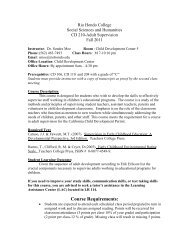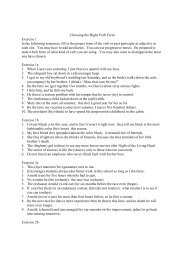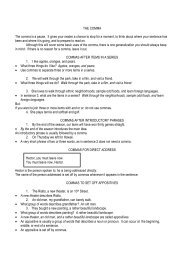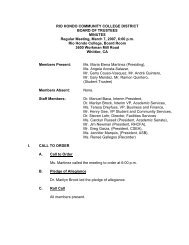Green Building and LEED Core Concepts Guide First Edition
Green Building and LEED Core Concepts Guide First Edition
Green Building and LEED Core Concepts Guide First Edition
Create successful ePaper yourself
Turn your PDF publications into a flip-book with our unique Google optimized e-Paper software.
Efficiency strategies, combined with monitoring that tracks water consumption <strong>and</strong> identifies problems,<br />
can dramatically improve water conservation compared with comparable conventional buildings.<br />
Many <strong>LEED</strong>-rated buildings reduce potable water usc by more than 50%, with direct benefits<br />
for the bottom line <strong>and</strong> the environment.<br />
Assessments <strong>and</strong> Measurements<br />
• Design versus Baseline. The amount of water the design case conserves versus the baseline<br />
case. AU <strong>LEED</strong> Water Efficiency credits use a baseline case against which the facility's design<br />
case is compared. The baseline case represents the Energy Policy Act of 1992 (EPAct 1992)<br />
flow <strong>and</strong> flush rates.<br />
• Gallons per flush (gpf). The amount of water consumed by flush fixtures (water closets, or<br />
toilets, <strong>and</strong> urinals). The baseline flush rate for water closets is 1.6 gpf. <strong>and</strong> for urinals, 1.0<br />
gpf (EPAct 1992).<br />
• Ga llons per minute (gpm). The amount of water consumed by flow fixtures (lavatory faucets,<br />
showerheads, aerators, sprinkler heads).<br />
• Irrigation efficiency. The percentage of water delivered by irrigation equipment that is actually<br />
used for irrigation <strong>and</strong> does not evaporate, blow away, or fall on hardscape. For example.<br />
overhead spray sprinklers have lower irrigation efficiencies (65%) than drip systems (90%).<br />
INDOOR WATER<br />
Indoor water use refers to the water that occupied buildings typically need<br />
to operate on a day-to-day basiS-water for water closets, urinals, lavatories, showers,<br />
<strong>and</strong> kitchen or break-room sinks. Indoor water usc reduction can be achieved by installing wateref~cicnt<br />
fixtures, using nonpotable water for flush functions, <strong>and</strong> installing submeters to track <strong>and</strong><br />
log water use trends.<br />
Low-flow fixtures use less water than specified in the EPAct<br />
1992 requirements. Low-flow models are now available for<br />
all indoor plumbing fIXtures. Projects can further reduce<br />
their potable water consumption by deSigning <strong>and</strong> installing<br />
plumbing systems that can use captured rainwater or<br />
graywater In flush fixtures.<br />
Submetering gives commercial building projects a way to monitor water use, track fixture performance,<br />
<strong>and</strong> identify problems. With submeters, teams can better underst<strong>and</strong> how much water is being<br />
used for plumbing fixtures, as well as be alerted to any leaks or othcr problems that waste water.<br />
38<br />
<strong>Green</strong> <strong>Building</strong> <strong>and</strong> <strong>LEED</strong> <strong>Core</strong> <strong>Concepts</strong> <strong>Guide</strong>


